
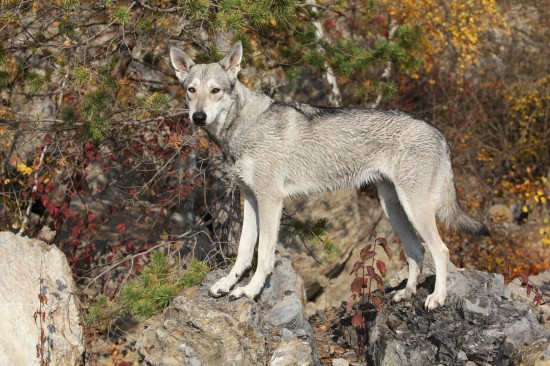
Many dog lovers are also equally enamoured of the beautiful and noble wolf, although it is not possible to keep a wolf as a pet within the UK without a special licence! For those who love wolves and wish to own a dog that looks as much like a wolf as possible, the Siberian Husky is one option, and the Northern Inuit Dog another. However, for those who are really committed to owning a dog that is as wolf-like as possible, look no further than the Saarloos wolfdog!
Not only does the Saarloos wolfdog look a lot like wild wolves, it is actually a wolf/dog hybrid, meaning that it actually contains wolf ancestry within its makeup. Precisely how much wolf is present within the hybrid will vary from generation to generation; Finding a Saarloos wolfdog that is 50% wolf being offered for sale as a pet is unlikely, both for temperament reasons, and due to ownership restrictions.
If you are interested in this unique and unusual dog breed, read on to learn more about the Saarloos wolfdog.
The Saarloos wolfdog originates from the Netherlands, when a Dutch dog breeder named Leendert Saarloos deliberately bred the first examples of the breed in 1935. A male German Shepherd dog was bred to a female European wolf, provided by Rotterdam Zoo.
Saarloos’ intentions in breeding the first Saarloos wolfdogs was to produce a dog of the German Shepherd type that retained many of the fierce and wild instincts of the wolf, in order to create a superior working dog with a strong propensity to guarding livestock and protecting property. However, the endeavour didn’t quite go to plan, as the resultant wolf/dog hybrids were found to be rather quieter, less ferocious and without the attack instinct of the wolf, remaining much closer to the personality traits of the German Shepherd.
Today, the Saarloos wolfdog is considered to be a domesticated dog despite its wild origins, and is widely kept as a pet within its home country. The Saarloos wolfdog is also sometimes used as an assistance dog for people with special needs, due to its intelligence and trainability. The dog is considered to be relatively uncommon outside of the Netherlands.
At first glance, the one word that is most commonly used to describe the Saarloos wolfdog is “wolf!” They do undeniably display many of the physical traits of wild European wolves, aided by the fact that the German Shepherd dog, the other component of the breed, also has a similar build and appearance.
They can reach up to 75cm tall at the withers, and weigh up to around 90lb. Males of the species are generally taller and heavier than females.
They have an athletic build, strong and muscular but not heavy body, and tend to be fast moving and light on their feet. Their coats are medium length, and usually display the dominant wolf gene colouration of grey and white, although they can also be found in a reddish shade, and pure white, although the white colouration is unusual and caused by a recessive gene.
The Saarloos wolfdog is not considered to be an aggressive or vicious dog, despite their wolf origins. However, they do retain several traits that are usually associated with wolves, including a tendency to shyness and avoidance of strangers, a strong pack instinct, and a strong will. They require firm handling and training, and plenty of socialisation with other people and dogs. They do not tend to thrive as lone dogs, unless they spend a significant amount of time with other dogs on a daily basis when out and about.
They do not do well with being restricted, such as being crated, and require plenty of access to the outdoors. They are generally quiet dogs that are not prone to barking, although like any dog, they may bark at the presence of strangers or to defend their homes. While the Saarloos wolfdog can be kept with children, close supervision and good training is required in order to ensure that the dog does not consider the children to be lesser pack members, and boss them about or dominate them.
The Saarloos wolfdog needs to spend plenty of time outdoors, and be able to keep themselves active with both free off the lead play, and supervised walks. They like to spend plenty of time with other dogs, and will usually exercise themselves to some extent if given plenty of room to run and some friends to do it with! They require several walks each day, and have good endurance and relatively high energy levels.
The average lifespan of the Saarloos wolfdog is ten to twelve years, and they generally tend to be a fairly healthy breed. However, they may potentially inherit some of the same genetic health problems that the German Shepherd dog is prone to, including hip dysplasia, eye problems, and spinal anomalies. Breeding of the Saarloos wolfdog should only be undertaken by professional breeders who selectively breed for health, and not by the hobbyist dog owner.
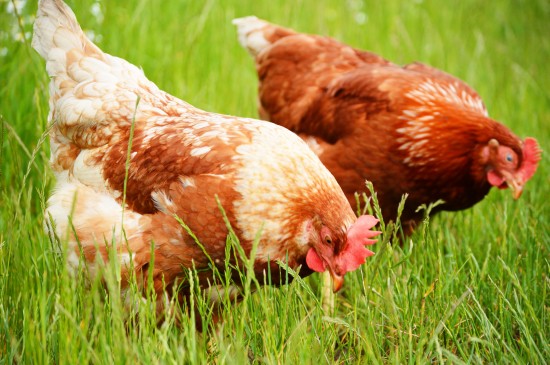 Top Tips On Adopting Chickens
Top Tips On Adopt
Top Tips On Adopting Chickens
Top Tips On Adopt
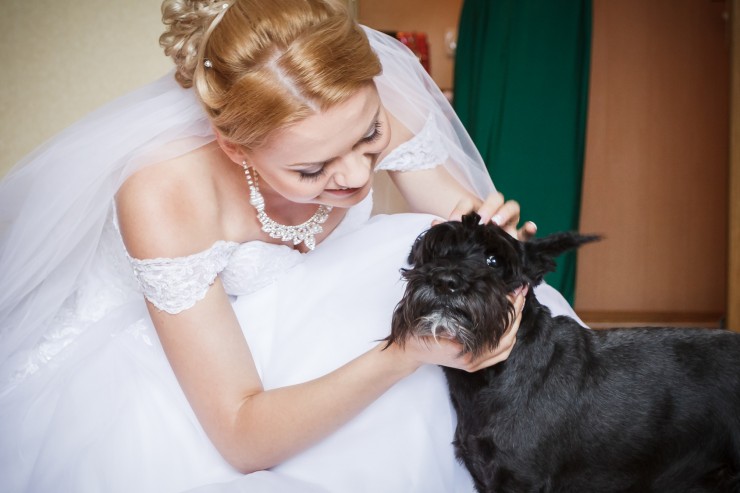 Are You Thinking Of Involving Your Dog In Your Wedding?
Are You Thinking
Are You Thinking Of Involving Your Dog In Your Wedding?
Are You Thinking
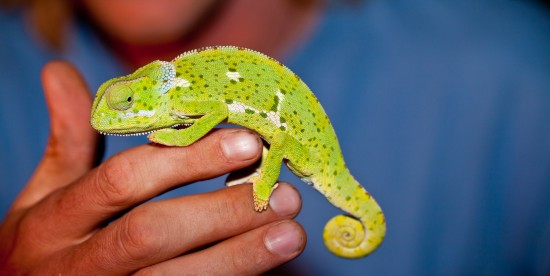 Assessing The Potential New Owner Of Your Puppies Or Dog
Assessing The Pot
Assessing The Potential New Owner Of Your Puppies Or Dog
Assessing The Pot
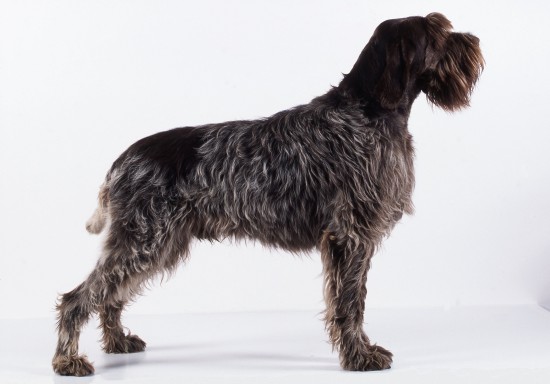 Is A Wirehaired Pointing Griffon The Right Dog For You?
Is A Wirehaired P
Is A Wirehaired Pointing Griffon The Right Dog For You?
Is A Wirehaired P
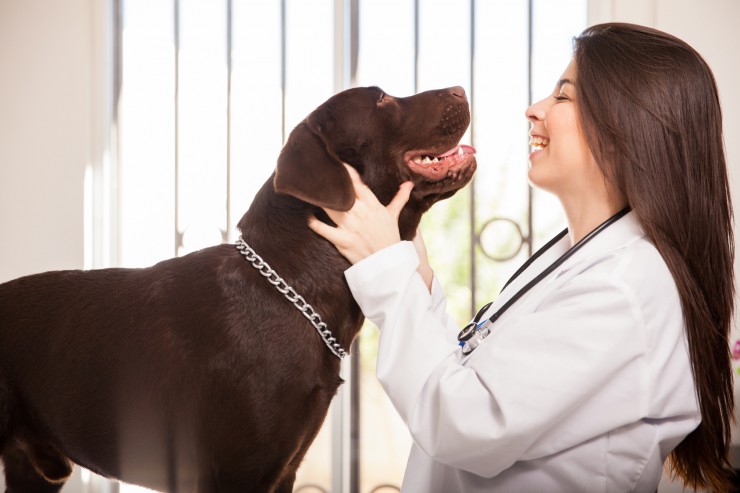 Five Canine Crises That Mean Your Dog Must See The Vet
Five Canine Crise
Five Canine Crises That Mean Your Dog Must See The Vet
Five Canine Crise
Copyright © 2005-2016 Pet Information All Rights Reserved
Contact us: www162date@outlook.com